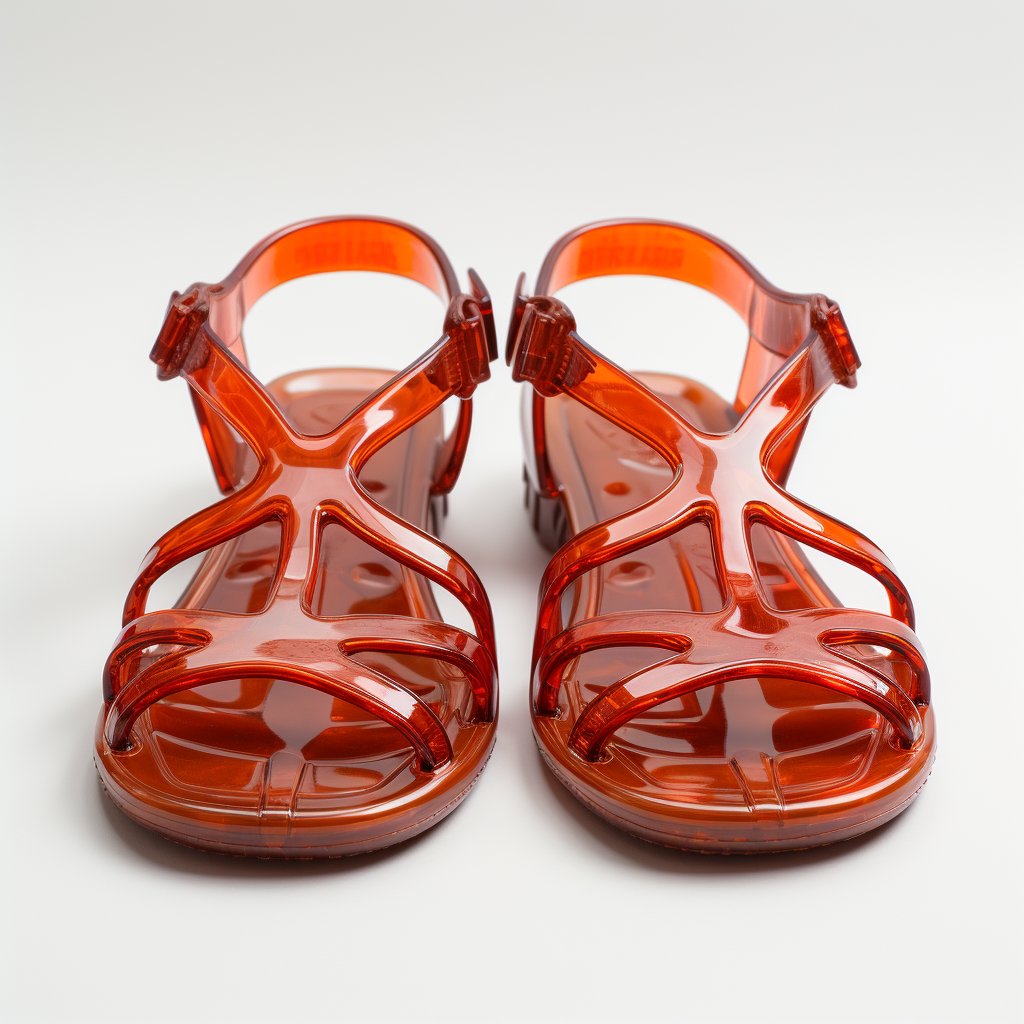Plastic is one of the most widely used materials in the world. However, with its widespread use, a significant amount of plastic waste ends up in landfills and oceans. Recycling has become increasingly important to reduce plastic waste and conserve resources. One way that recycled plastic is being used is in furniture production.
Recycling has become an increasingly important practice in promoting sustainability and reducing waste worldwide. One area where recycling has had a significant impact is in furniture production, particularly with the use of recycled plastic. Recycled plastic furniture offers several benefits, including reducing waste, conserving resources, and reducing the carbon footprint of furniture production.

Types of Recycled Plastic Furniture:
Recycled plastic furniture can be broadly divided into industrial and consumer. Industrial recycled plastic furniture is used in offices, schools, and outdoor spaces such as parks and playgrounds. Consumer-recycled plastic furniture is typically found in homes and gardens.
Industrial Usage:
In industrial settings, recycled plastic furniture is popular due to its durability and low maintenance. For example, recycled plastic benches and tables are commonly used in outdoor spaces because they are weather-resistant and do not require painting or staining. In addition, recycled plastic is often used to manufacture other products, such as decking, railroad ties, and parking curbs.
Application Areas:
Recycled plastic furniture is commonly used for seating, picnic tables, and playground equipment in educational institutions. In parks, recycled plastic furniture is often used for benches, tables, and trash receptacles. It is also used for patio furniture, chairs, and dining sets in commercial and residential settings.
Consumer Product Examples:
There are many examples of consumer recycled plastic furniture on the market. Adirondack chairs, rocking chairs, and gliders made from recycled plastic are popular choices for outdoor spaces. In addition, recycled plastic is also used to produce indoor furniture, such as bookshelves and storage containers.
Material Properties:
Recycled plastic furniture is made from a variety of plastic types, including high-density polyethene (HDPE), low-density polyethene (LDPE), and polypropylene (PP). The material properties of recycled plastic furniture vary depending on the plastic type and manufacturing process used. Generally, recycled plastic furniture is weather-resistant, durable, and requires little maintenance.
Future Trends:
The use of recycled plastic furniture is expected to grow in the coming years due to increasing awareness of environmental issues and the need for sustainable products. Future trends include developing new materials that incorporate recycled plastic, such as biodegradable plastics, and using recycled plastic in new applications, such as 3D printing.
Market Price Developments:
The price of recycled plastic furniture varies depending on the product type, manufacturer, and geographic location. Generally, recycled plastic furniture is more expensive than traditional furniture made from non-recycled materials. However, the price of recycled plastic furniture has decreased as technology advances, making the production process more efficient.
Global Impact:
Recycled plastic furniture positively impacts the environment by reducing the amount of plastic waste that ends up in landfills and oceans. It also conserves resources by using recycled materials instead of non-renewable resources. The production of recycled plastic furniture also has a lower carbon footprint than traditional furniture made from non-recycled materials. Additionally, the use of recycled plastic in furniture production creates a market for recycled materials, promoting recycling and reducing the need for virgin plastics.
Future Market Prognosis:
The market for recycled plastic furniture is expected to grow in the coming years due to increasing consumer demand for sustainable and eco-friendly products. Public awareness about plastic waste and environmental issues is expected to increase demand for recycled plastic furniture. The development of new materials and manufacturing processes is expected to drive growth in the market further. However, the market may face challenges such as competition from non-recycled furniture and potential fluctuations in raw material prices. Nonetheless, the future of the recycled plastic furniture market looks promising, with the potential for continued growth and innovation.
Global impact:
Recycled plastic furniture has been gaining popularity worldwide due to its environmental and economic benefits. Let’s take a look at how recycled plastic furniture is being used in different regions around the world and its impact on the environment and economy.
North America:
In North America, recycled plastic furniture is commonly used in outdoor spaces such as parks, schools, and public areas. The use of recycled plastic furniture is rising due to increased public awareness about environmental issues and the benefits of using sustainable materials. The use of recycled plastic furniture in North America is also driven by government regulations and incentives that promote sustainable practices.
Europe:
Europe has been a leader in sustainable practices, and recycled plastic furniture is no exception. Recycled plastic furniture is commonly used in outdoor spaces such as parks, playgrounds, and public areas. In addition, the production of recycled plastic furniture in Europe is driven by government regulations and incentives that promote sustainability. Using recycled plastic furniture in Europe has also created job opportunities and supported local economies.
Asia:
In Asia, recycled plastic furniture is on the rise due to increasing public awareness about environmental issues and the benefits of using sustainable materials. Recycled plastic furniture is commonly used in outdoor spaces such as parks, gardens, and public areas. The production of recycled plastic furniture in Asia has also created job opportunities and supported local economies.
Environmental Impact:
The use of recycled plastic furniture has a positive impact on the environment. Using recycled materials instead of non-renewable resources, it reduces the amount of waste that ends up in landfills and oceans. It also conserves resources and reduces the carbon footprint of furniture production.
Economic Impact:
The production of recycled plastic furniture positively impacts the economy by creating job opportunities and supporting local industries. In addition, using recycled plastic in furniture production creates a market for recycled materials, promoting recycling and reducing the need for virgin plastics.
Recycled plastic furniture:
Recycled plastic furniture is a sustainable and durable alternative to traditional furniture made from non-renewable resources. Its versatility and low maintenance make it a popular choice in both industrial and consumer settings. As more companies and consumers prioritise sustainability, the use of recycled plastic in furniture production is expected to grow.
Recycled plastic furniture offers a sustainable solution to traditional furniture production methods. From industrial usage to consumer products, the benefits of using recycled plastic are clear, including reducing waste, conserving resources, and reducing the carbon footprint of furniture production. As the world becomes more aware of the importance of sustainability, the demand for recycled plastic furniture will likely grow. By understanding the process, advantages, disadvantages, and environmental and global impact of recycled plastic furniture, we can make informed decisions and continue to move towards a circular economy that benefits both people and the planet.






